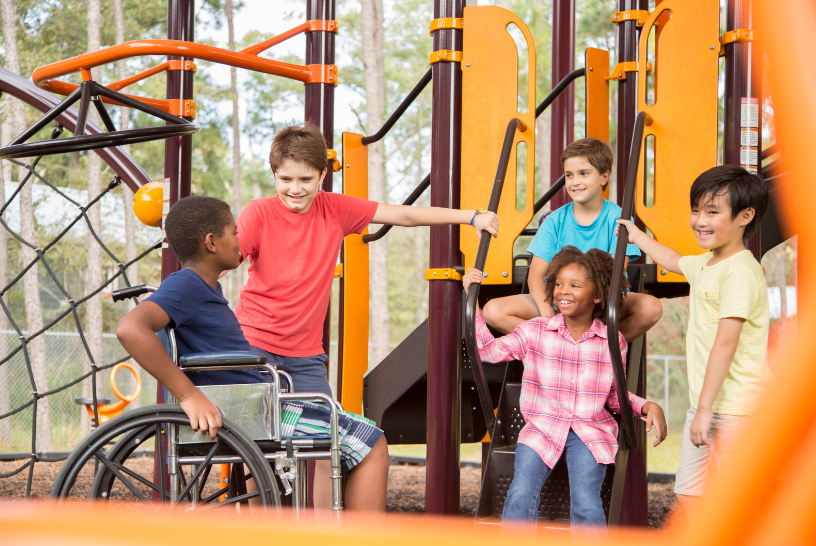
Exploring Activities for Students with Complex Needs
Finding activities for kids with disabilities to participate in can be a daunting task.
Even if activities are available, families might be reluctant to try out of concern that their child might not fit in, might not participate, or might exhibit behaviors that, in a typical situation, might cause looks and judgment from others. The benefits of helping our students and their families find new ways to participate in life are extensive.
Benefits of Extracurricular Activities
For students: Participation in an event previously thought impossible for them gives our students a sense of accomplishment, joy, and inclusion. Students with complex needs are susceptible to depression and anxiety which are often exacerbated by feeling left out. When their classmates are talking about athletic teams, fun experiences like beach trips or outings to shows, they may feel alienated by their disability instead of pride for their uniqueness.
For parents: There is an immeasurable sense of pride that all parents experience when they see their children participate, so it is no different for parents of children with disabilities. Parents also need the feelings of inclusion that accompany these activities. Having a child with complex needs tends to lead to a life filled with doctor and therapy appointments, expenses of additional equipment, and sometimes the decision to stay at home instead of work to manage the needs of the child. This is an isolating experience that may contribute to feelings of depression. Building a community through activities with other children with or without disabilities is essential to a sense of belonging.
For peers: Having the opportunity to gain an understanding of differences between kids and their disabled classmates resonates with kids. These non-disabled kids will grow up to be adults in our world. They will be able to relate to people with disabilities whom they come into contact with whether it’s as a server in a restaurant or a doctor.
For the community: Seeing students using wheelchairs, strollers, or walkers is important for everyone. Having the opportunity to witness a child using augmentative and alternative communication (AAC) in a store helps other kids and adults normalize different ways of communicating. Kids seeing themselves represented in the community is highly motivational to the kids. To see someone in a wheelchair demonstrating independence at a store helps a student realize that they can, too.
What can our students do?
The short answer is almost anything! It just takes a little research to find adaptations for many sports and activities. Many local YMCAs and townships have challenger teams, dance, and cheer teams as well as bowling leagues. The Special Olympics holds events nationwide. Local theaters, like AMC and Regal, offer sensory-friendly movies and live performances. Students with Medical Access can attend many museums for a discounted rate.
Other activities include Move2IncluDE, where students can be pushed for a 5k, Life Rolls On, where kids can surf with support or have a weightless experience at iFLY indoor skydiving. When families come together to participate in these activities they make connections with each other and further build their community. They see what their child really likes and doesn’t like. Not every activity will be a hit, but kids can explore and find out.
What is our role as therapists?
We need to build rapport with our families so they will trust us when we present new ideas. We can do quick searches and make community connections to share with our parents. It’s an overwhelming task for already overwhelmed families. Once we find an activity, we need to be present to support the kids and families in the new experiences. After exposing families to these opportunities, they can begin to make plans on their own with new friends in the community.
Just like we presume competency in our students, we should presume an interest in participation. Finding local opportunities and investigating adaptations can go a long way to building communities in our student’s worlds. The joy they experience is contagious and you will all be excited about finding the next challenge to conquer! When parents meet other parents and experience acceptance in the community, it makes it easier to reach out and explore new ideas. When we promote a safe place for kids to explore, everyone benefits on multiple levels.
Bonus resource: ADA in Our Shoes is a great website providing resources for therapists, teachers, parents, and children!
Author: Amy Wolstenholme, PT







Disclaimer: The information provided in this blog is for general informational purposes only and should not be considered as professional advice. The content is based on the author's personal experiences, research, and opinions. It is always recommended to consult with a qualified professional or expert before making any decisions or taking action based on the information provided in this blog.
